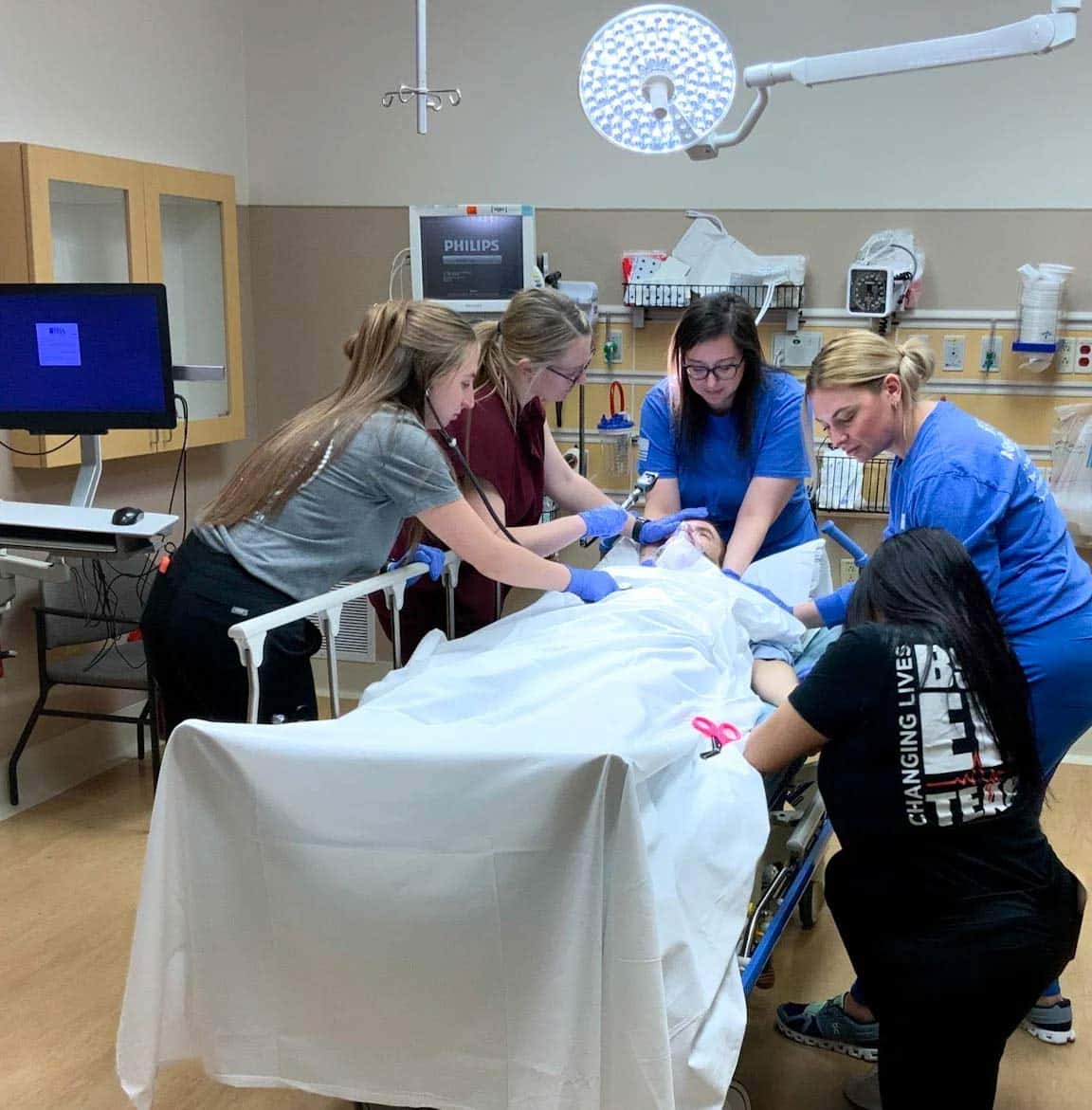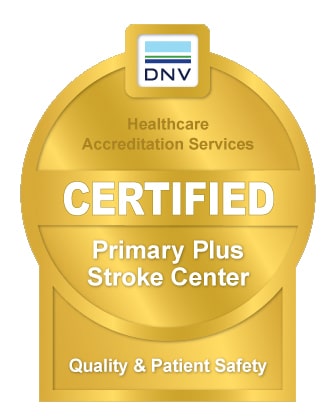-

5 Essentials to Look for in a Childbirth Center
Read more: 5 Essentials to Look for in a Childbirth CenterChoosing the best childbirth center to welcome your baby into the world is a big decision, and let’s be honest—it can feel a bit overwhelming. Whether you’re searching for a hospital or a birthing center, it’s important to choose a facility that aligns with your birth plan and personal needs. From pain management options to…
-

What to do if … you have the flu
Read more: What to do if … you have the fluMany people believe flu season only lasts a few months, but it can stretch through seven months of the year. Learn tips on what to do if you think you may have the flu. What are symptoms of the flu? – Fever of 100.4 degrees Fahrenheit or higher – Chills – Cough – Sore throat …
-
How to Prepare for a Mammogram
Read more: How to Prepare for a MammogramWe get it. No one looks forward to a mammogram. And why would you? Whether it’s a routine screening or because you’ve found something suspicious, it’s ultimately a check to see if you have cancer. That, along with the discomfort of the exam itself, can be more than a little nerve-racking for most women. It’s…
-
Breast Cancer Awareness Month 2024
Read more: Breast Cancer Awareness Month 2024October is Breast Cancer Awareness month and can serve both a reminder and an opportunity to take care of YOU! Breast health begins with a sense of what is normal for your breasts, also known as breast awareness. To promote breast health, consider doing regular breast self-exams. With practice, you will discover how your breasts…
-
New vaccine available for the 2024-25 Flu Season
Read more: New vaccine available for the 2024-25 Flu SeasonA new vaccine that fights three strains of influenza is now available from health care providers across the U.S. The most effective way to fight the flu is to get vaccinated, says the U.S. Centers for Disease Control and Prevention (CDC). While the virus can spread among the population during the entire year, the flu…
-
Spotting the Warning Signs of Stroke Critical for Successful Treatment
Read more: Spotting the Warning Signs of Stroke Critical for Successful TreatmentDo you know the warning signs for a stroke? Would you recognize them in someone else? What about yourself? We often think if something like a stroke has occurred, we would realize it immediately, right? As it turns out, nearly 70 percent of people who have suffered a minor stroke don’t recognize the symptoms at…
-
BSA Leaders and Medical Group Recognized For Excellence
Read more: BSA Leaders and Medical Group Recognized For ExcellenceAMARILLO, TEXAS (March 8, 2024) – BSA Health System has been recognized with three awards for outstanding performance from its parent company, Ardent Health Services. BSA Chief Executive Officer Michael Cruz and Chief Nursing Officer Katrina Tokar, RN, MSN, NEA-BC, were recognized for their leadership with the CEO of the Year and CNO of the Year…
-
5 Ways to Decrease Your Risk of Colorectal Cancer
Read more: 5 Ways to Decrease Your Risk of Colorectal CancerColorectal cancer is the third most common cancer in both men and women; it is also the second leading cause of cancer-related deaths in the United States. March is Colorectal Cancer Awareness Month, a month set aside to increase awareness and education of colon cancer. According to the American Institute for Cancer Research, almost half (47%)…
-
BSA Trauma Services Achieves Level III Designation
Read more: BSA Trauma Services Achieves Level III DesignationAMARILLO, TX (June 2, 2023)— BSA Health System is proud to announce that its trauma services department earned a Level III designation, providing patients, local EMS providers and surrounding hospitals an additional option for trauma care. “Access to board certified trauma surgeons 24/7/365 significantly improves our capability to provide high quality care for patients in…
-
BSA Earns Primary Plus Stroke Center Certification
Read more: BSA Earns Primary Plus Stroke Center CertificationAMARILLO, TX (May 30, 2023)— BSA Health System announces that it has received certification from Det Norske Veritas Healthcare Group (DNV) as a Primary Plus Stroke Center, affirming the hospital’s readiness to handle a full range of stroke-related medical emergencies. “Earning this certification allows our community to know we have the resources and commitment to provide the best…








